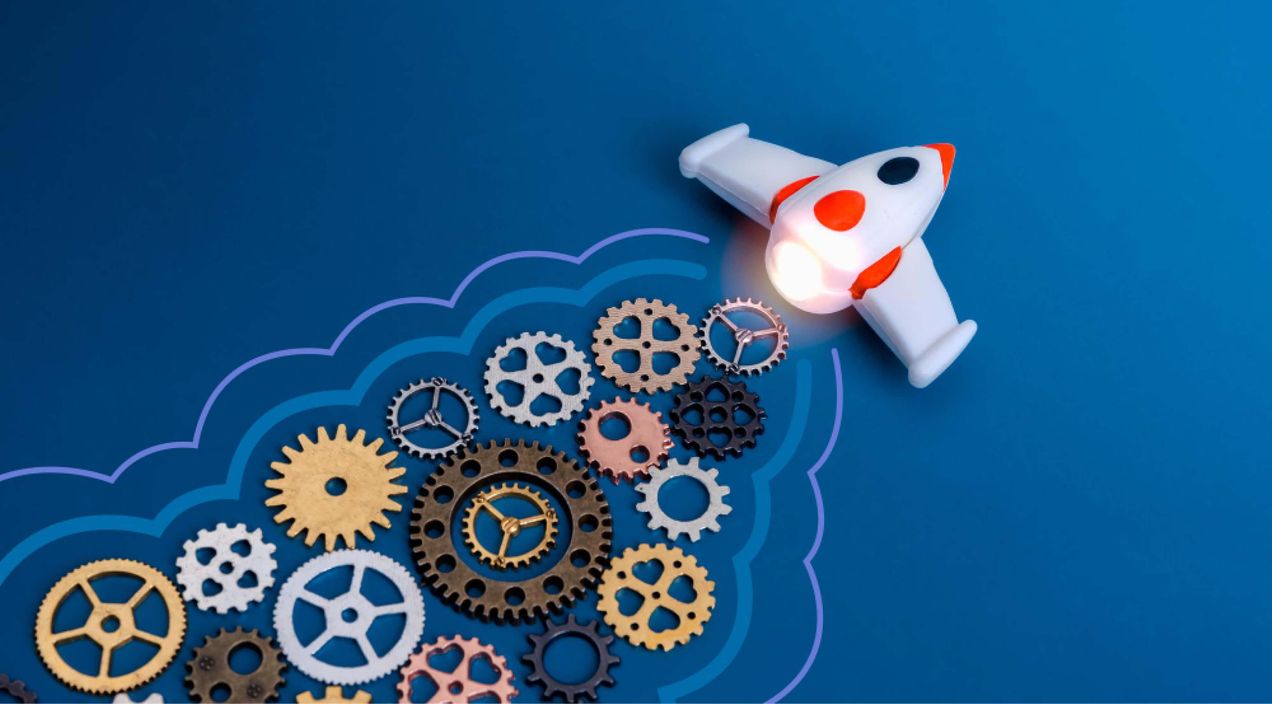Why is employee development important now more than ever: Top strategies to try in 2024
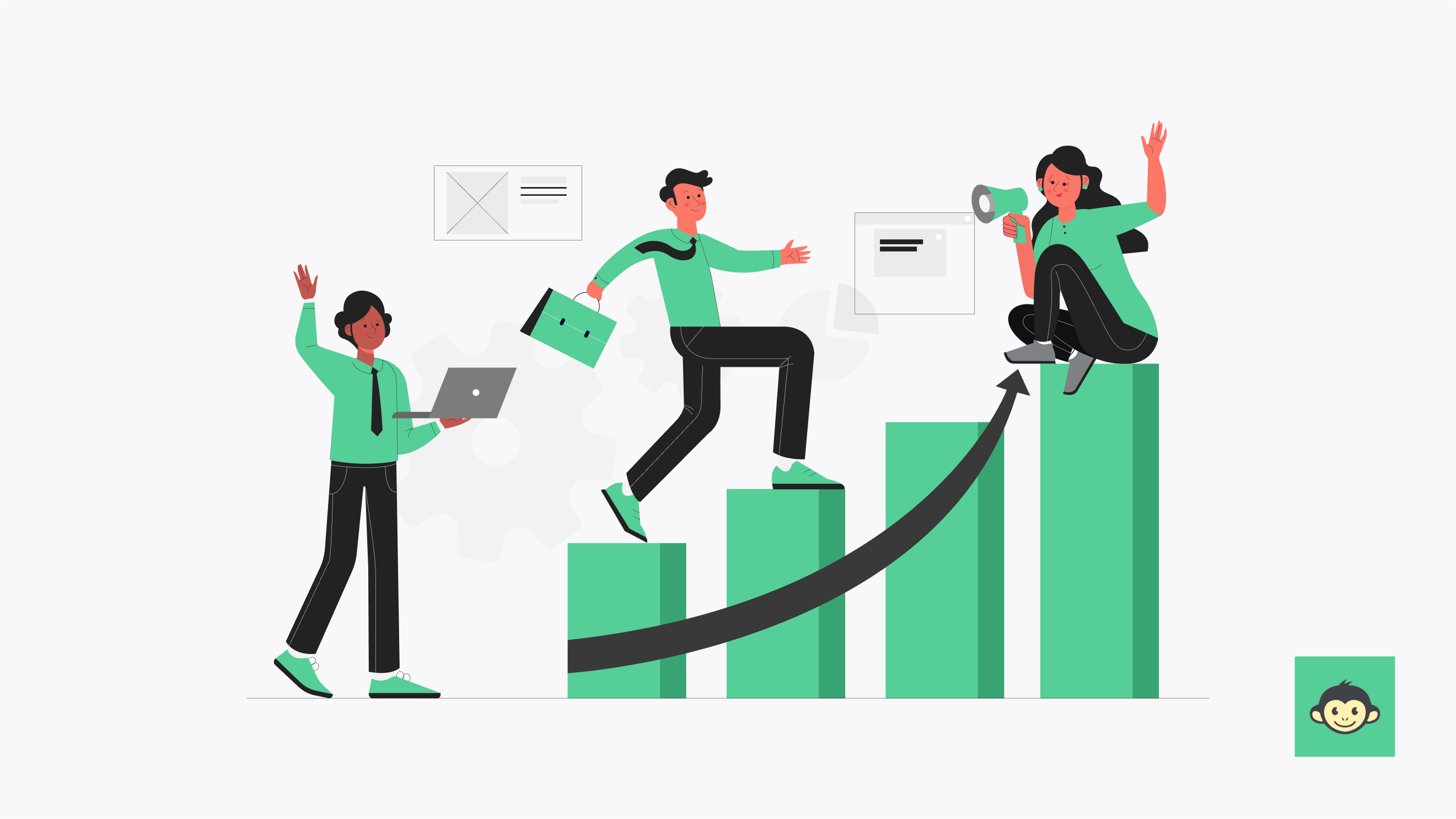
Imagine this: you're hurtling down a mountain road on a sleek, high-performance vehicle. The scenery is breathtaking, but the twists and turns come fast and furious. To navigate this exhilarating yet challenging course, you'd need a car that's not only powerful but also constantly adapting to the changing terrain.
The same principle applies to your workforce in today's dynamic business landscape. Fueled by technological advancements, evolving customer demands, and a shifting work environment, the road ahead is full of unforeseen bends.
Organizations that prioritize robust employee development plans are essentially equipping their teams with the adaptability and skills needed to thrive in this ever-changing environment.
But why is employee development more critical now than ever? In this blog, we'll delve into the compelling benefits of investing in your workforce. We'll explore best practices for creating effective development programs and equip you with top strategies specifically designed to empower your employees in 2024.
So, buckle up and get ready to discover how your own employee development plan can transform your organization into a high-performing machine, ready to conquer any roadblock on the path to success.
What is employee development?
Employee development is a strategic process focused on enhancing an employee’s skills, knowledge, and abilities to achieve both personal and organizational goals. It involves a range of activities, from formal training and education to on-the-job experiences and mentorship.
Unlike employee training, which is often task-specific and short-term, employee development is a continuous, long-term commitment that nurtures professional growth and prepares employees for future roles and responsibilities.
This process not only helps individuals advance in their careers but also ensures that the organization has a capable and adaptable workforce. Effective employee development programs are aligned with the company’s strategic objectives, fostering innovation, leadership, and a culture of continuous improvement.
By investing in employee development, organizations can enhance job satisfaction, increase retention, and build a robust pipeline of future leaders, ultimately driving long-term success.
Why is employee development important in employee engagement?
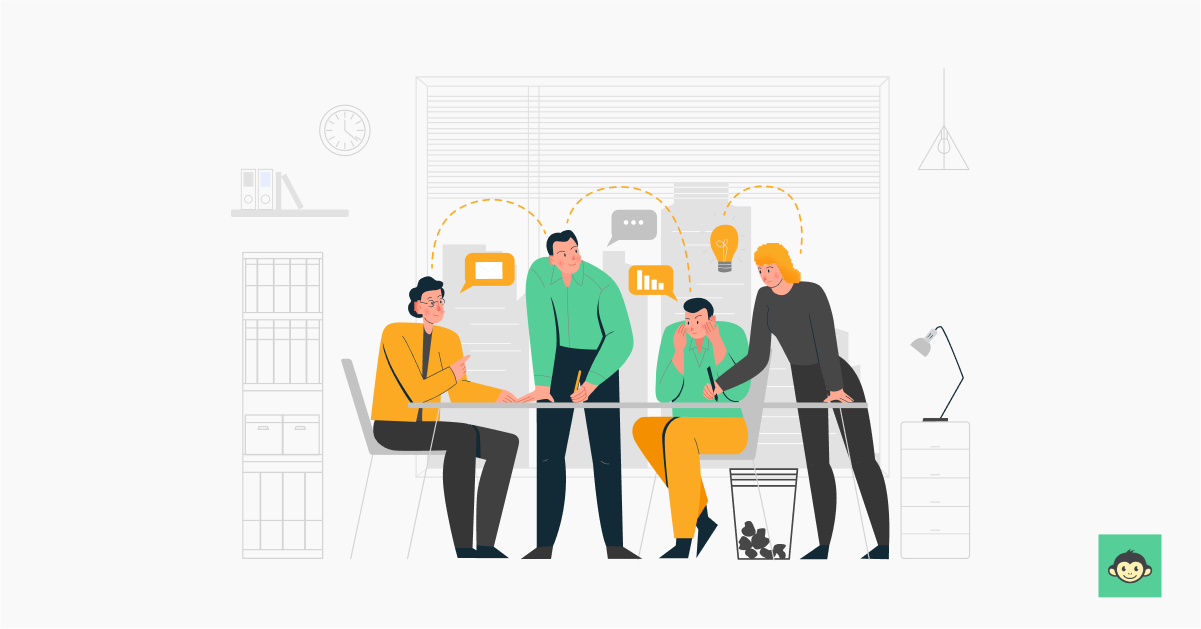
Employee development plays a crucial role in fostering employee engagement within an organization. Firstly, when employees perceive that their organization is invested in their growth and development, they are more likely to feel valued and appreciated.
This recognition of their potential and investment in their future creates a sense of loyalty and commitment, leading to higher levels of engagement.
A robust employee development program provides opportunities for skill enhancement and career advancement. When employees see a clear path for their professional growth within the organization, they are motivated to perform at their best.
This motivation stems from the belief that their efforts will lead to tangible career progression and personal fulfillment.
Investing in employee development demonstrates a commitment to fostering a culture of continuous learning and improvement. Employees feel empowered when they have access to training, mentorship, and resources to enhance their skills and knowledge.
This sense of empowerment translates into increased confidence and job satisfaction, which are key drivers of engagement.
Employee development initiatives can contribute to a positive work environment where collaboration, innovation, and creativity thrive. As employees acquire new skills and perspectives, they are better equipped to contribute to the organization's success and adapt to evolving challenges.
In essence, employee development is not just about enhancing individual capabilities; it is about creating a supportive and engaging workplace where employees feel valued, challenged, and motivated to achieve their full potential.
Employee development objectives
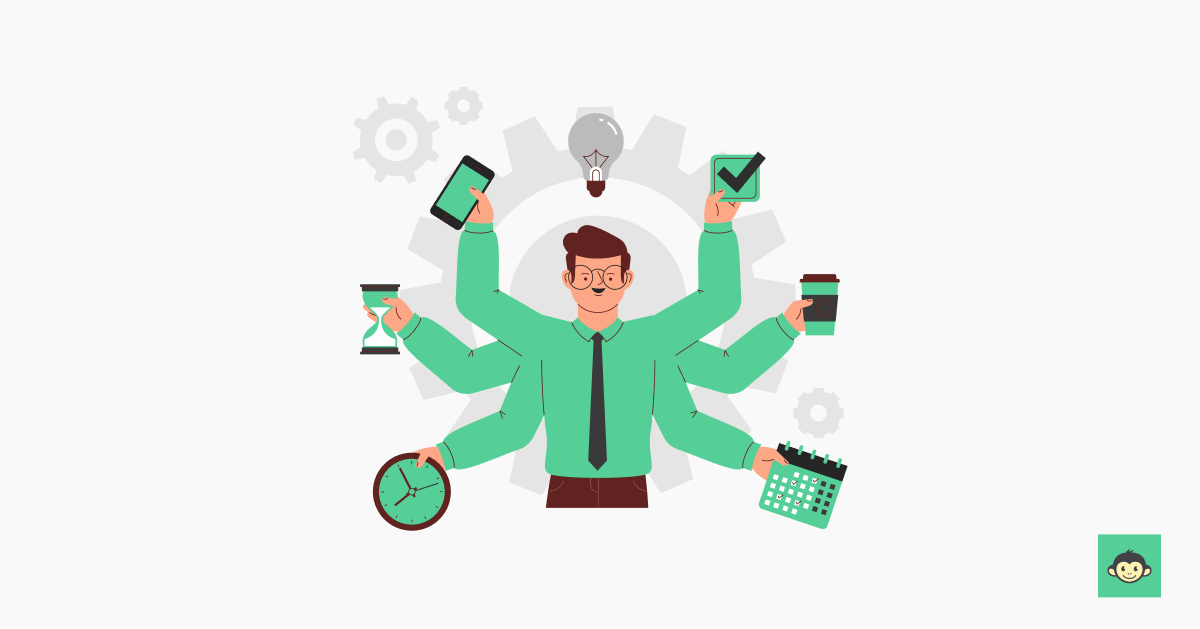
Employee development objectives can vary depending on the organization's business goals, the employee's role, and their career aspirations. Here are some common employee development objectives:
- Skill enhancement: Identify areas where employees can improve their skills, whether it's technical skills related to their job function or soft skills like communication or leadership.
- Career advancement: Help employees progress in their careers by setting objectives related to acquiring new responsibilities, taking on leadership roles, or moving into higher positions within the company.
- Performance improvement: Set objectives aimed at improving the employee's overall performance, such as increasing productivity, meeting deadlines more consistently, or improving quality of work.
- Professional development: Encourage employees to pursue continuous learning and development opportunities, such as attending workshops, earning certifications, or enrolling in training programs.
- Goal setting: Work with employees to set specific, measurable, achievable, relevant, and time-bound (SMART) goals that align with both their personal development and the organization's objectives.
- Feedback and coaching: Provide regular feedback and coaching to help employees identify areas for improvement and develop action plans to address them.
- Cross-training and job rotation: Offer opportunities for employees to gain experience in different areas of the organization through cross-training and job rotation, which can broaden their skills and perspective.
- Succession planning: Identify high-potential employees and create development plans to prepare them for future leadership roles within the company. To ensure a smooth transition, strategic planning should align these development initiatives with the company’s long-term goals when leadership changes occur.
- Work-life balance: Support employees in achieving a healthy work-life balance by setting objectives related to managing workload, delegating tasks effectively, and promoting employee well-being.
- Team collaboration: Encourage collaboration and teamwork by setting objectives that promote effective communication, conflict resolution, and the sharing of knowledge and ideas among team members.
Employee development benefits
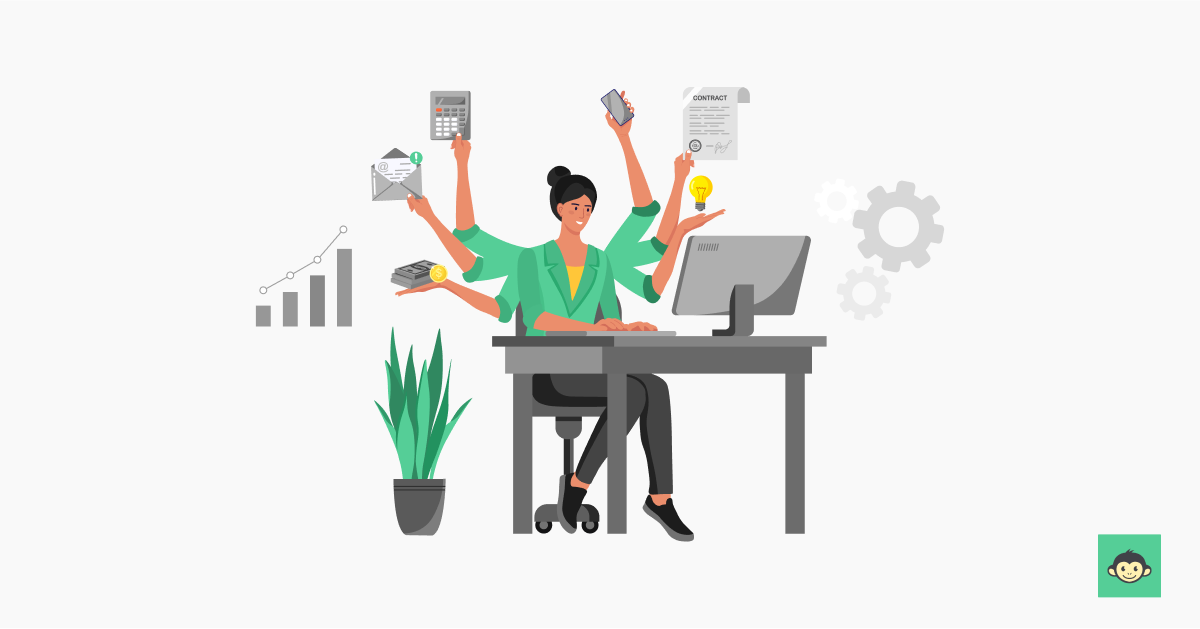
Employee development initiatives can yield numerous benefits for both employees and the organization as a whole. Here are the top key benefits:
1. Increased employee engagement
Providing opportunities for employee growth and development demonstrates that the organization values its employees and their professional advancement. This can lead to higher levels of engagement, as employees feel more invested in their work and the success of the company.
2. Improved performance and productivity
Investing in employee development can result in improved performance and productivity. As employees gain new skills and knowledge, they are better equipped to excel in their roles and contribute more effectively to the organization's objectives.
3. Enhanced talent retention
Employees are more likely to stay with an organization that supports their professional growth and provides opportunities for advancement. Offering development opportunities can help reduce turnover rates and retain top talent within the company.
4. Attracting top talent
A strong employee development and training program can be a valuable recruitment tool, helping to attract top talent who are looking for opportunities for growth and advancement in their careers.
5. Succession planning and leadership development
By investing in the training and development of employees, organizations can groom future leaders from within the company. Developing a pipeline of talent through succession planning ensures that the organization is prepared for leadership transitions and can maintain continuity in key roles.
6. Adaptability and innovation
Continuous learning and development foster a culture of adaptability and innovation within the organization. Employees who are encouraged to explore new ideas and approaches are more likely to contribute innovative solutions to challenges and drive positive change.
7. Improved employee morale and satisfaction
Providing professional development opportunities, can lead to increased job satisfaction and higher morale among employees. When employees feel supported in their professional growth, they are more likely to feel satisfied with their jobs and committed to the organization.
8. Better teamwork and collaboration
Employee development programs often include training on communication, teamwork, and collaboration skills. As employees improve in these areas, they become more effective in working together, leading to enhanced teamwork and stronger collaborative efforts across departments. This can result in smoother project execution and better organizational outcomes.
9. Compliance and risk management
Regular employee development initiatives can also focus on training employees in compliance and risk management. By staying updated on industry regulations and best practices, employees can help the organization avoid legal pitfalls and minimize risks, ensuring that the company operates within the bounds of legal and ethical standards.
What are the most common components of employee development?
Employee development encompasses various components designed to enhance the skills, knowledge, and abilities of employees. Some of the most common components include:
- Training programs: These can range from orientation sessions for new hires to specialized technical training for specific job roles. Training programs may be conducted in-house, outsourced to training providers, or delivered online.
- Coaching and mentoring: Pairing employees with experienced mentors or coaches can provide personalized guidance and support for professional development. This component often involves one-on-one interactions aimed at helping employees set goals, overcome challenges, and maximize their potential.
- Performance feedback: Providing regular feedback on employee performance is essential for identifying areas of strength and opportunities for improvement. Feedback sessions may occur through formal performance evaluations, ongoing check-ins with supervisors, or peer feedback mechanisms.
- Job rotation and cross-training: Job rotation involves moving employees through different roles or departments within the organization to broaden their experience and skills. Cross-training involves providing employees with training in multiple job functions to increase their versatility and adaptability.
- Education assistance programs: Many organizations offer tuition reimbursement or assistance programs to support employees pursuing further education or professional certifications. This component encourages lifelong learning and skill development.
- Development plans: Individual development plans (IDPs) are collaborative documents outlining employees' career goals and the steps needed to achieve them. These plans typically include specific objectives, timelines, and resources required for development.
- Leadership development programs: Leadership development initiatives aim to prepare employees for leadership roles within the organization. These programs may include formal training, mentoring relationships, and opportunities for hands-on leadership experience.
- Team building activities: Team building exercises and workshops can enhance collaboration, communication, and interpersonal skills among team members. These activities promote a positive work environment and foster stronger relationships within the team.
Challenges in implementing employee development programs
Implementing employee development programs is essential for organizational growth, but it comes with several challenges that can hinder their effectiveness. Understanding these challenges can help organizations proactively address them to ensure successful implementation. Here are key challenges in implementing employee development programs:
- Limited resources: Budget constraints, lack of time, and insufficient personnel can limit the scope and effectiveness of development initiatives.
- Resistance to change: Employees may resist development programs due to fear of change or discomfort with altering established routines.
- Lack of management support: Without strong commitment and prioritization from leadership, development programs may not receive the necessary attention, resources, or follow-through.
- Misalignment with organizational goals: Programs that do not align with the company’s strategic objectives may be viewed as irrelevant, leading to lower participation and impact.
- Measuring effectiveness: Difficulty in quantifying ROI and linking development activities to performance improvements can challenge the demonstration of program value.
- Ensuring engagement: Low engagement can result from programs that are not interactive, relevant, or tailored to individual needs, reducing participation and effectiveness.
How to approach the employee development process as an HR leader?
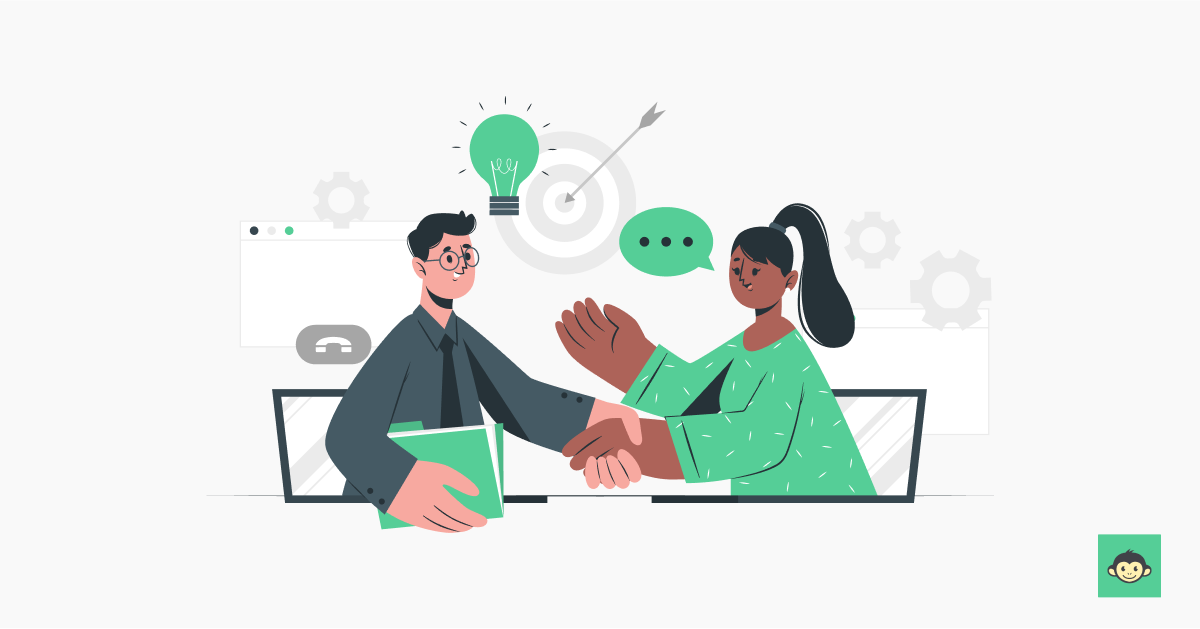
As an HR leader, approaching the employee development process involves several key steps to ensure its effectiveness and alignment with organizational goals. Firstly, it's crucial to conduct a thorough assessment of the organization's current and future talent needs.
This involves identifying skills gaps, succession planning, training and development opportunities, and understanding the evolving demands of the business.
Next, collaboration with departmental managers and team leaders is essential to gain insights into specific development needs within each team or department. By understanding the unique challenges and opportunities faced by different areas of the organization, HR leaders can tailor development initiatives to address those needs effectively.
Once development priorities are established, HR leaders should work closely with employees to create individual development plans (IDPs). These plans should be based on employees' career aspirations, performance evaluations, and skill assessments.
Providing employees with opportunities for input and ownership in their development process can increase engagement and motivation.
HR leaders should leverage a variety of development tools and resources, such as training programs, coaching, mentoring, and e-learning platforms, to support employees' growth and skill enhancement. Regular monitoring and evaluation of development initiatives are also essential to assess their impact and make adjustments as needed.
How to create a strong employee development plan?
Creating a strong employee development plan involves a structured approach to employee training that aligns with both the organization's goals and the individual needs of employees. Here's a step-by-step guide:
- Assess organizational needs: Begin by identifying the skills and competencies that are critical for achieving the organization's strategic objectives. This may involve conducting a skills gap analysis and considering future talent requirements.
- Understand individual goals: Meet with employees to discuss their career aspirations, strengths, areas for development, and personal goals. This dialogue helps tailor development plans to each employee's unique needs and interests.
- Set clear objectives: Collaboratively establish specific, measurable, achievable, relevant, and time-bound (SMART) goals for each employee's development. These goals should align with both organizational priorities and the individual's career path.
- Identify development opportunities: Determine the most appropriate development activities to help employees achieve their goals. This may include training programs, workshops, seminars, online courses, mentoring, job shadowing, stretch assignments, or cross-functional projects.
- Provide resources and support: Ensure employees have access to the necessary resources, such as training materials, funding for courses, mentorship connections, and time for development activities. Offer guidance and support throughout the process.
- Create an action plan: Develop a detailed plan outlining the steps needed to achieve each development goal. Include milestones, deadlines, responsible parties, and evaluation criteria to track progress effectively.
- Encourage continuous feedback: Foster open communication between employees and their managers to provide ongoing feedback on performance and development progress. This feedback loop helps identify areas for improvement and adjust the development plan as needed.
- Measure and evaluate progress: Regularly review and assess employees' progress toward their development goals. Use metrics, such as skill assessments, performance evaluations, and feedback from supervisors and peers, to gauge the effectiveness of the development plan.
- Adjust and adapt: Be flexible and willing to adjust the development plan based on changing priorities, feedback, and evolving organizational needs. Continuously seek opportunities to enhance the plan and support employees' growth.
- Celebrate achievements: Recognize and celebrate employees' accomplishments and milestones reached through their development efforts. Positive reinforcement reinforces the value of ongoing learning and encourages continued engagement in the process.
What is effective employee development?
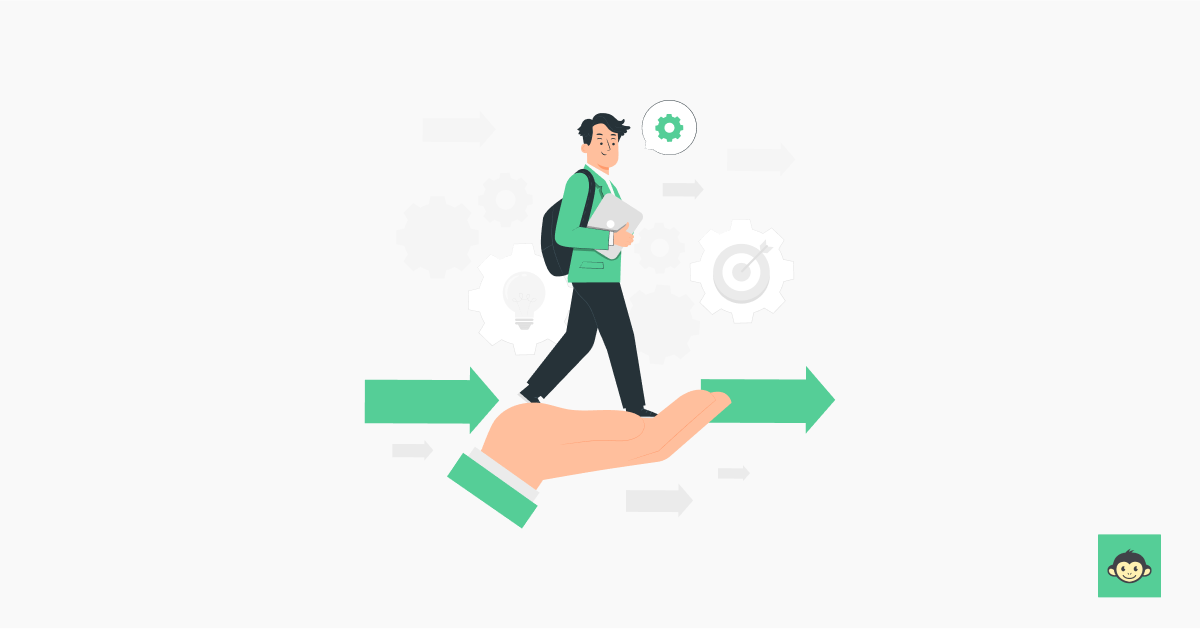
Effective employee development involves a strategic and systematic approach to enhancing employees' skills, knowledge, and capabilities in alignment with organizational goals. Firstly, it begins with a thorough understanding of both the organization's needs and the individual aspirations of employees.
This necessitates assessing current skills gaps, future talent requirements, and employees' career aspirations through open dialogue and feedback mechanisms. Once objectives are established, effective employee development entails providing a diverse range of development opportunities tailored to individual needs.
This can include formal training programs, mentoring, coaching, job rotations, stretch assignments, and access to educational resources.
Ongoing support from managers and HR professionals is essential to ensure employees have the necessary resources, guidance, and encouragement to pursue their career development plans and goals.
Effective employee development is characterized by a culture of continuous learning and feedback. Regular check-ins and performance evaluations enable employees to track their progress, receive constructive and actionale feedback while making necessary adjustments to their development plans.
Organizations must measure the impact of development initiatives on both individual and organizational performance to ensure they are achieving desired outcomes.
Ultimately, effective employee development fosters engagement, growth, and retention by empowering employees to reach their full potential while contributing to the success of the organization.
It requires a commitment to ongoing assessment, personalized support, and a culture that values learning and development at all levels.
Employee development best practices to know in 2024
In 2024, employee development continues to evolve with the changing landscape of work and technology. Here are some best practices to consider:
- Personalized learning paths: Recognize that employees have diverse learning styles and preferences. Offer personalized learning paths that cater to individual needs and career aspirations, leveraging technology to provide on-demand access to resources tailored to each employee.
- Continuous feedback and coaching: Move away from traditional annual performance reviews and embrace a culture of continuous feedback and coaching. Encourage managers to provide regular, timely feedback to employees, focusing on strengths, areas for improvement, and development opportunities.
- Skills-based training: With rapid technological advancements, prioritize skills-based training that equips employees with the technical skills needed for their current roles and future career growth. Consider offering training in emerging technologies relevant to your industry.
- Remote learning support: As remote and hybrid work models become more prevalent, provide support for remote learning initiatives. Invest in virtual training platforms, remote coaching capabilities, and collaboration tools to facilitate effective learning experiences for remote employees.
- Microlearning: Embrace microlearning strategies that deliver bite-sized, focused learning content to employees. Microlearning modules are well-suited for busy schedules and can be accessed anytime, anywhere, making them ideal for ongoing skill development.
- Peer learning and mentoring networks: Facilitate peer learning and mentoring networks within the organization. Encourage employees to share knowledge, best practices, and experiences with their peers, fostering a culture of collaboration and continuous learning.
- Data-driven insights: Leverage data analytics to gain insights into employee learning behaviors, preferences, and effectiveness of development initiatives. Use this data to refine and optimize employee development programs for maximum impact.
- Soft skills development: While technical skills are important, don't overlook the importance of soft skills development. Offer training in areas such as communication, emotional intelligence, adaptability, and leadership, which are crucial for success in today's dynamic work environment.
- Cross-functional training: Encourage cross-functional training opportunities that allow employees to gain experience and knowledge in different areas of the organization. This not only enhances their skill set but also promotes a deeper understanding of the company’s operations.
- Employee-driven development programs: Empower employees to take ownership of their development by offering employee-driven development programs. Provide the tools, resources, and support needed for employees to identify and pursue their own learning goals.
9 Employee development activities to try at work
The following employee development activities promote continuous learning, skill enhancement, and personal growth while fostering a culture of collaboration and innovation within the organization.
- Lunch and learn sessions: Organize informal lunchtime sessions where employees can gather to learn about a specific topic or skill. Invite guest speakers, subject matter experts, or internal trainers to share insights, best practices, and industry trends.
- Book clubs: Start a book club focused on professional development or industry-related books. Encourage employees to read selected books and discuss key takeaways, insights, and applications during regular meetings.
- Peer coaching circles: Form small peer coaching circles where employees can support each other in achieving their development goals. Participants take turns as both coach and coachee, providing feedback, encouragement, and accountability to each other.
- Skill swap sessions: Arrange skill swap sessions where employees teach each other skills they excel in. This peer-to-peer learning approach promotes knowledge sharing, collaboration, and cross-functional skill development.
- Job shadowing: Offer job shadowing opportunities for employees to observe and learn from colleagues in different roles or departments. This hands-on experience provides insights into different job functions, workflows, and best practices.
- Hackathons or innovation challenges: Organize hackathons or innovation challenges where employees collaborate to solve real-world problems or develop creative solutions. These events foster teamwork, creativity, and out-of-the-box thinking.
- Stretch assignments: Assign challenging projects or tasks outside of employees' usual scope of work to stretch their skills and capabilities. Provide support and guidance as needed, and encourage employees to reflect on their experiences and lessons learned.
- Online learning platforms: Provide access to online learning platforms offering a variety of courses, tutorials, and resources. Encourage employees to explore topics relevant to their roles or interests and track their progress through self-paced learning modules.
- Professional development workshops: Host workshops or seminars focused on developing specific skills or competencies relevant to employees' roles or career aspirations. Bring in external trainers or leverage internal expertise to deliver interactive and engaging learning experiences.
What role do managers play in employee development?
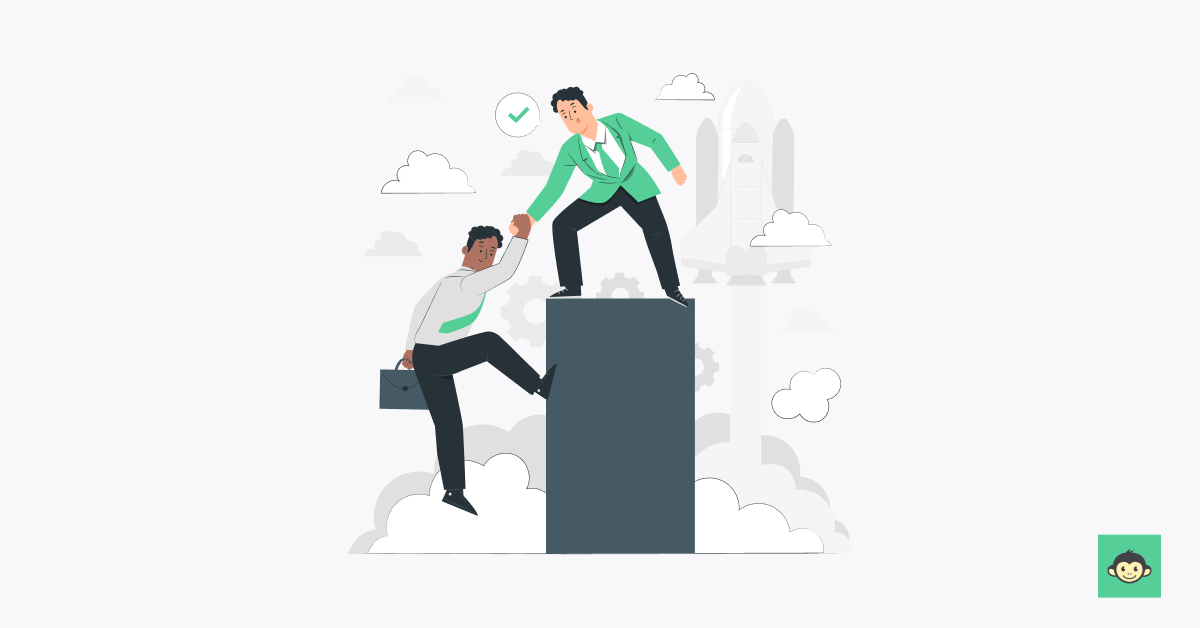
Managers are pivotal in shaping and guiding employee development within an organization. Their active involvement ensures that development initiatives are aligned with both individual and organizational goals. Here are key roles that managers play in employee development:
1. Identifying development needs
Managers are in a unique position to assess their employees' strengths, weaknesses, and potential. Through regular performance evaluations and day-to-day interactions, they can identify areas where employees need further development and recommend appropriate training or learning opportunities.
2. Setting development goals
Managers help employees set realistic and achievable development goals that align with their career aspirations and the organization’s objectives. By collaborating with employees to establish these goals, managers ensure that development efforts are focused and relevant.
3. Providing continuous feedback
Effective managers provide ongoing feedback, which is crucial for employee development. This feedback helps employees understand their progress, recognize areas for improvement, and stay motivated. Managers who offer constructive feedback create a learning environment where employees feel supported in their growth.
4. Facilitating learning opportunities
Managers play a crucial role in facilitating access to learning and development opportunities. They can identify suitable training programs, workshops, or projects that align with employees' development goals, ensuring that these opportunities are both relevant and beneficial.
5. Mentoring and coaching
Managers often serve as mentors and coaches, offering personalized guidance and support to help employees navigate their career paths. Through mentoring, managers can share their expertise, provide career advice, and help employees build the skills necessary for advancement.
6. Advocating for employee development
Managers advocate for their employees' development needs within the organization. They ensure that employees have the resources, time, and support needed to pursue their development goals, thereby fostering a culture of continuous learning and growth.
Significance of employee development surveys in improving workplace engagement
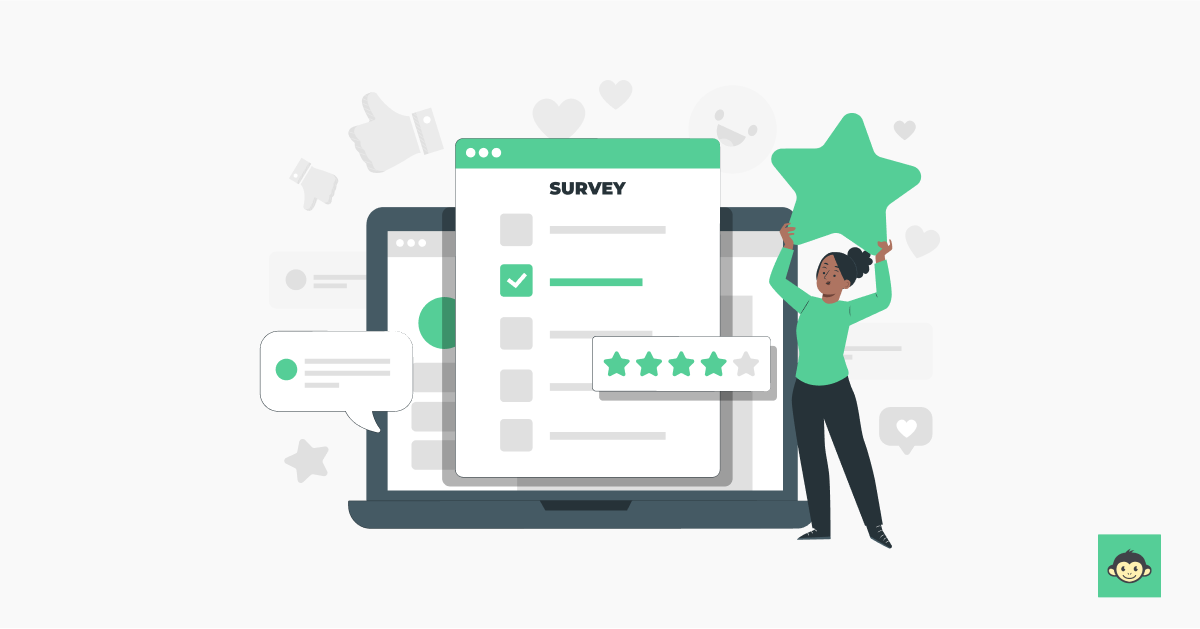
Employee development surveys play a crucial role in enhancing workplace engagement by providing valuable insights into employees' learning needs, preferences, and perceptions of development opportunities within the organization.
These surveys serve as a tool for assessing employees' current skill levels, career aspirations, and areas for improvement. By gathering feedback directly from employees, HR leaders and managers gain a deeper understanding of the specific development needs and priorities across different teams and departments.
Employee development surveys help identify gaps and areas of alignment between employees' development goals and the organization's learning and development initiatives.
By comparing employees' perceptions of available development resources, employee training and development programs, and career advancement opportunities with organizational objectives, HR leaders can tailor development initiatives to better meet employees' needs and expectations.
These surveys facilitate two-way communication between employees and management, fostering a culture of transparency, trust, and employee involvement in decision-making regarding learning and development initiatives.
Employees feel valued and empowered when their input is solicited and taken into consideration, leading to increased engagement and commitment to the organization's employee development opportunities and efforts.
Employee development surveys serve as a mechanism for evaluating the effectiveness of existing development programs and identifying areas for improvement.
By soliciting feedback on the impact, relevance, and accessibility of learning opportunities, organizations can make data-driven decisions to enhance the quality and relevance of their development initiatives, ultimately leading to higher levels of employee engagement and satisfaction.
Conclusion
Using a platform like CultureMonkey, businesses can conduct employee development surveys. They are invaluable tools for enhancing workplace engagement and fostering a culture of continuous learning and growth within organizations.
By soliciting feedback directly from employees, these surveys provide valuable insights into their learning needs, preferences, and perceptions of development opportunities. Through two-way communication, organizations can align their development initiatives with employees' goals and expectations, driving higher levels of engagement and commitment.
Employee development surveys enable organizations to evaluate the effectiveness of existing programs, identify areas for improvement, and make data-driven decisions to enhance the quality and relevance of their development efforts.
By leveraging employee development surveys effectively, organizations can create an environment where employees feel valued, empowered, and motivated to invest in their professional development, leading to greater productivity, employee retention, and organizational success.
FAQs
1. How can organizations support employee development?
Organizations can support employee development by providing resources such as training programs, mentorship opportunities, and continuous feedback. They should also encourage personalized learning paths and allocate time for development activitiest. Leadership commitment ensures alignment between development initiatives and organizational goals.
2. How can employees take charge of their own development?
Employees can take charge of their development by setting clear career goals, seeking out learning opportunities, and actively pursuing new skills. They should regularly seek feedback, engage in self-assessment, and take initiative in finding mentors or participating in relevant training. Being proactive in identifying growth areas and leveraging available resources empowers employees to drive their own career advancement.
3. How can employee development impact career progression?
Employee development directly impacts career progression by equipping individuals with the skills and knowledge necessary for advancement. Continuous learning and development help employees stay competitive, increase their value to the organization, and prepare for higher-level roles. By enhancing competencies, employees can take on new responsibilities, achieve professional growth, and advance within their careers.
4. How does employee development align with organizational goals?
Employee development aligns with organizational goals by ensuring that employees possess the skills and knowledge needed to achieve the company's objectives. By focusing on developing competencies that are critical to the organization's success, development programs help drive performance, innovation, and overall business growth.
5. What is the difference between employee development and employee training?
Employee development is a broader, ongoing process focused on enhancing an individual's overall growth, including soft skills, leadership, and career progression. It encompasses long-term learning and personal development. Employee training is more specific and short-term, concentrating on acquiring or improving particular skills or knowledge needed to perform a specific job or task effectively.


